The Camillian Community
Fr. Calisto Vendrame
Bucchianico, 1998
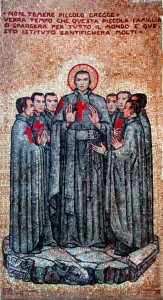 ‘A religious community is not a simple agglomerate of Christians searching for personal perfection’ (Fraternal life in Community, n. 2).
‘A religious community is not a simple agglomerate of Christians searching for personal perfection’ (Fraternal life in Community, n. 2).
In our Constitution (editor’s note: of the Camillians), the chapter on the community comes before the vows and ministry. A community is first and foremost seen as a communion of people. Its model is the Trinity and the community of the apostolic Church.
The Community of the Acts of the Apostles and a Religious Community
Our new Constitution has the chapter on the community precede that on the evangelical counsels, ministry and spiritual life because it believes that all these values have to be lived starting with a communion of people who love each other in the charity of the Holy Spirit. This chapter wants to be a contemporary version of the apostolic community and the first Camillian community. Here we encounter an opportunity to reflect upon the ‘sources’ in a reading anew that takes into account the new appeals to which a religious community today must be open and which helps us to locate ourselves in the perspective of our tradition.
The Community of the Acts of the Apostles
The community lived by the early Church and described in the Acts of the Apostles was referred to by the Second Vatican Council as a model for religious communities (Perfectae Catitatis, n. 15). Our Constitution also explicitly refers to the ‘Acts’ and states that our fraternal community is based upon the example of the apostolic Church.
The paschal and Pentecostal community of the Acts which comes together ‘in Christ’ should be understood beginning with the pre-paschal evangelical community that met together ‘with Jesus’.
As we have seen, it emerges from the gospels that many of those people who were struck by the words and the person of Jesus organised themselves into a very heterogeneous group around the person of the Teacher and followed him more or less from close at hand.
We can detect the presence of:
- ordinary people who followed him as much as they could and who were attracted by miracles and words which gave a new meaning to their lives;
- men and women sinners who felt that a new hope was born in him and looked for a personal gesture of forgiveness;
- a group of women who followed him and served him with their possessions (cf. Lk 8:2-3; Mk 15: 40-41; Mt 27:55-56);
- his disciples in the strict sense who deepened their commitment by following Jesus and abandoned their possessions and jobs (cf. Mt 8:19-23);
- the disciples who were sent out to prepare the way for Jesus in every town and place that he was about to visit – they had to heal the sick and proclaim the coming of the Kingdom of God (cf. Lk 10, 1-11); and the narrower group of the Twelve who completely identified with the mission and the destiny of their Teacher (cf. Mt 10:1-4; Mk 3:13-19; Lk 6:12-16).
Mk 3:14-15 is especially illuminating: they were created to be with him and to be sent out. We already have here the two axes of every Christian who wants to be Christian: koinonìa and diakonìa (communion and service).
There already existed amongst the rabbis of the time the institute of the ‘discipleship’ which required the rabbis to be followed. The disciples learned from living with their teacher, following him everywhere and placing themselves at his service. The great difference is that whereas the disciples of a rabbi had as their goal perfect knowledge and observance of the law so that they could then become themselves autonomous rabbis with all the honours that were connected to this, the disciples of Jesus sought to discovery the mystery of his person, know the plan of salvation, and take on the mission and the destiny of their Teacher while always remaining disciples because there was only one Teacher (cf. Mt 10:22-25; 11:25-27; 13:11,16-17; 6,13-17,21; Jn 1:18,39,55; 2:11; 6,68-69; 13:12-17; 15: 4-17,21; 17:3).
Just as Jesus in profound communion with God was a man for other people, a man without power, without money, without a family, and strong only through the strength of truth and of justice, so also those called to live by following him had to live with the most radical adherence to him, in communion and service, free from family ties, possessions and power.



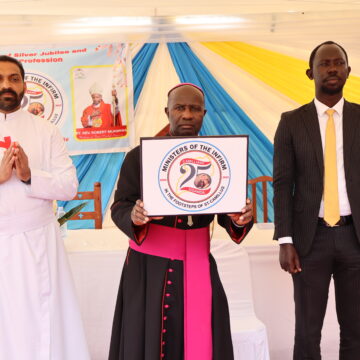
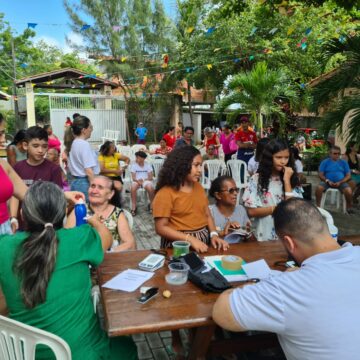
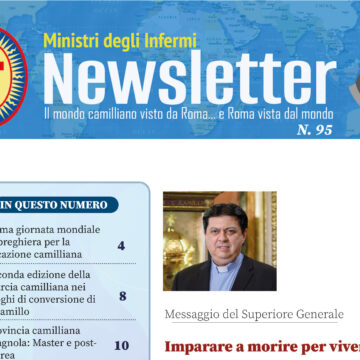
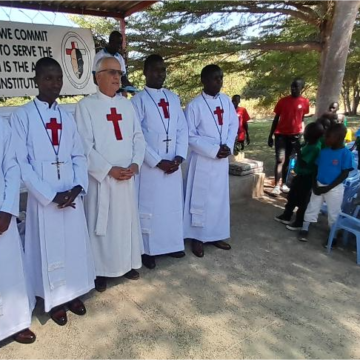
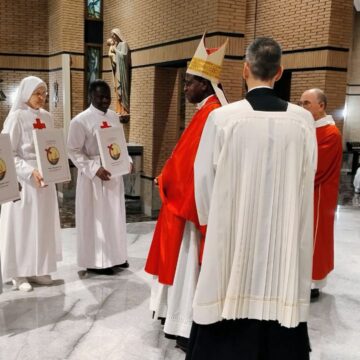

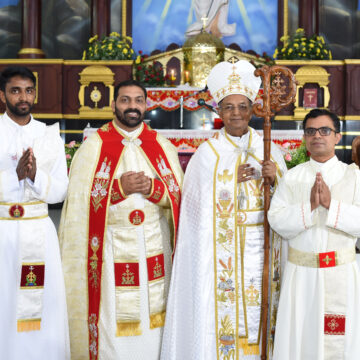
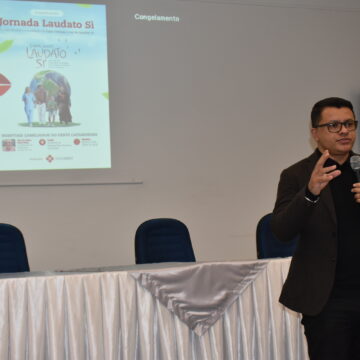
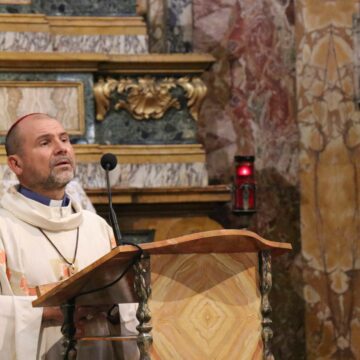
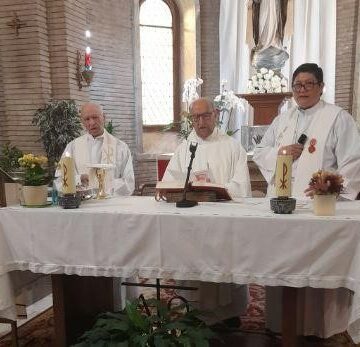
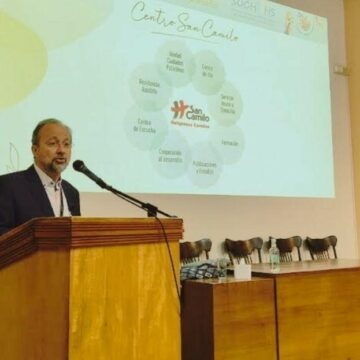
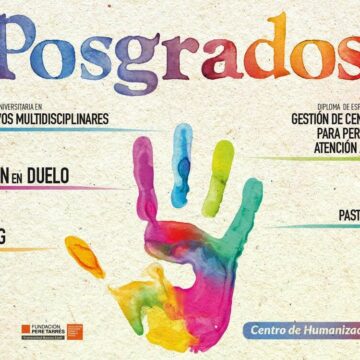
Camillians on Facebook
Camillians on Twitter
Camillians on Instagram